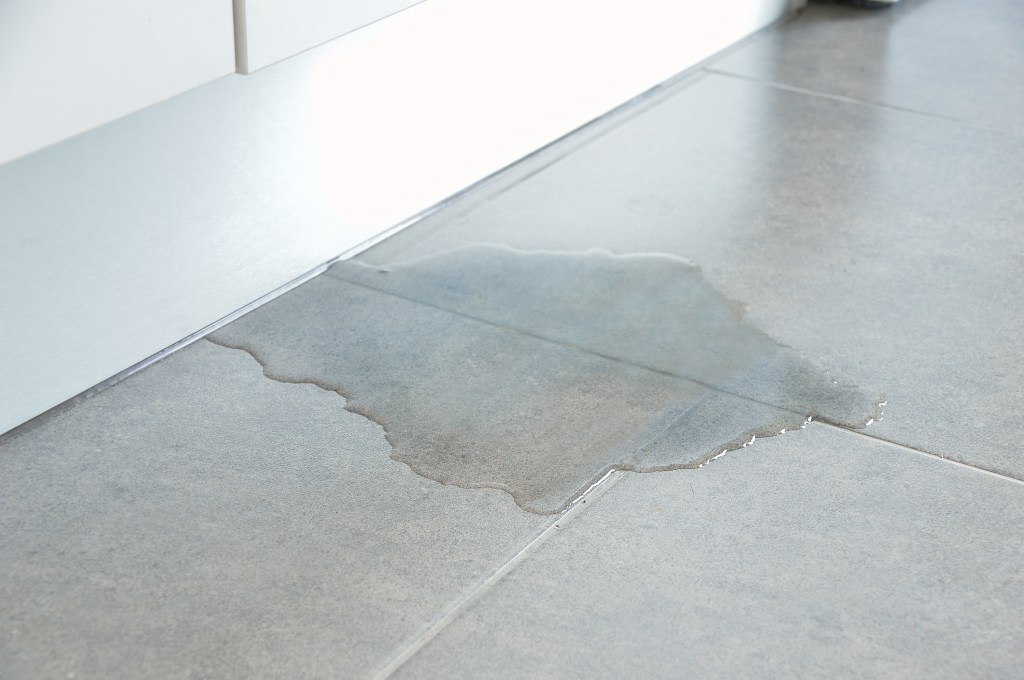A remodeler sent the following to his Remodelers Advantage peer group and me:
I’m being asked by [a] client to give an extended warranty on part of a project (metal doors) that have had a few persistent leak issues. Have any of you had to do that or something similar and, if so, can you share?
I sent this response:
Fred,
A frustrating situation to be in. I know from my own experience. Clients buy and expect many things from their contractor. One is no leaks.
In California, the law at the time we were in business was a contractor was liable for patent (obvious) problems for four years and latent (not immediately obvious) defects for 10 years. Because of that 10-year limit on responsibility, there were class action attorneys who would troll condo complexes and file suit in year nine against anyone who was connected with the building of the project, including the developer, architect, engineer, and contractor. We actually did a couple of multiple-unit repair jobs funded by such suits.
After the Oakland Berkeley fire in 1991, we built several houses. One of our clients contacted our office nine years after we built their house to let us know that water was dripping out of a recessed light in the living room. We did some water testing and determined it was from the stall shower on the second floor. When the tile and mortar bed were removed, it became clear that the waterproofing at a tricky corner was done incorrectly.
We fixed it at no charge to the client.
As a client, we had our home-to-be in Ashland, Ore., essentially rebuilt. Everything was demoed except most of the framing and foundation. All new mechanicals, exterior, and interior finishes and fittings were installed.
After a period of several years, a leak showed up in the ceiling right above where I slept (of all places) in our bedroom. It appeared to be related to the interface of the brick cladding on the wood enclosure around the fireplace flue and the roof above the bedroom.
Two attempts to remedy the problem did not work. One included removing part of the bedroom ceiling and water-testing the roof. That led to redoing the flashing between the roof and the brick cladding, which did not solve the problem.
Eventually, I started looking online on how the interface might be best handled. In doing so, I realized that the waterproofing behind the brick was probably not flashed over the flashing between the roof and brick. The brick and mortar, being porous, were allowing the water to enter the house interior at the wall/ceiling interface.
Our contractor, at his own cost, installed the needed flashing. Fingers crossed—it has not leaked since.
Fred, an extended warranty is not the solution. Reworking the installation of the doors and/or adding what is needed to prevent water from getting to the doors are reasonable solutions that leave your client feeling they got what they paid for, which is no leaks.
Anything short of that simply postpones dealing with the issue.
The business can be very frustrating. It stinks that the situation exists. Get it reworked so the problem does not exist and move on.
Paul
This is a crazy business to be in. There are so many variables. Usually all parties involved want everything to work out well. The truth is, though, a lot of times projects with problems usually come with challenging clients.
All you can do is work the issues out. And figure out how not to repeat that learning experience. Easy to say. Hard to live, though.
